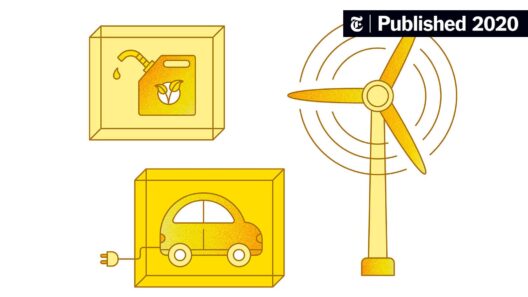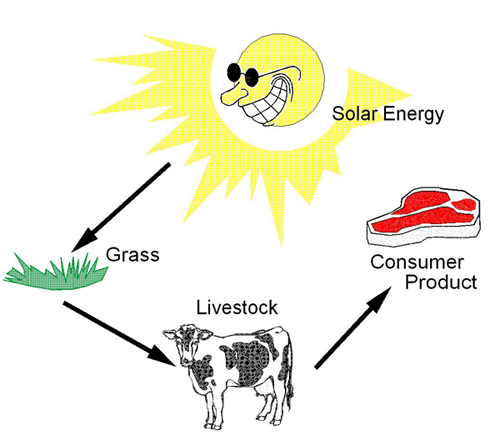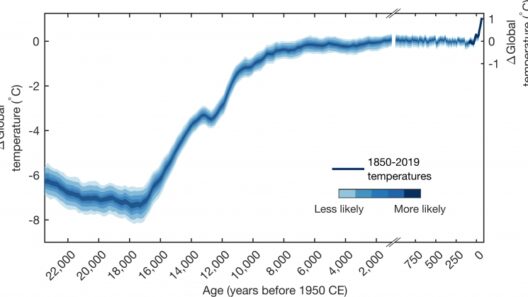Global warming is not merely a spectral concern in the distant future but a pressing reality that we face today. The tangible effects of climate change are already being felt around the world, leading to catastrophic weather events, diminishing biodiversity, and severe threats to our health and security. In this context, an important question arises: How can we collectively usher in a new era of sustainability that halts and ideally reverses the trajectory of global warming? Herein lies an opportunity for transformative action. Let us explore proven strategies that can lead to lasting change.
1. Transitioning to Renewable Energy
One of the most effective ways to combat global warming is to transition from fossil fuels to renewable energy sources. Solar, wind, hydro, and geothermal energy are paramount in reducing greenhouse gas emissions. An ambitious yet achievable target should be to aim for a global energy system powered predominantly by renewables.
To pose a playful challenge: What if every household made the switch to solar panels? Imagine the dramatic decrease in energy consumption from traditional sources. Communities can incentivize installation through local policies, subsidies, and cooperative buying programs, making renewable energy not just a possibility but a norm.
2. Enhancing Energy Efficiency
Energy conservation is equally crucial. Not only does improving energy efficiency reduce emissions, but it also saves money in the long run. Homes, appliances, and industries can implement energy-efficient technologies. From LED lighting to high-efficiency appliances, various options exist that vastly improve our energy use.
Consider the example of retrofitting old buildings with modern insulation and energy-optimizing systems. This can drastically reduce energy consumption while simultaneously enhancing comfort. By challenging ourselves to adopt “net-zero” building practices, we can significantly mitigate our carbon footprint.
3. Promoting Sustainable Transportation
Transportation is a major contributor to greenhouse gas emissions. To confront this issue, a multifaceted approach ought to be taken. This can include investing in reliable public transportation systems, promoting carpooling, and transitioning to electric vehicles (EVs).
A playful question to consider: How many of us could commit to one car-free day per week? This simple act can contribute to a broader shift towards sustainable transit solutions. Additionally, urban planning should prioritize walkable communities and bike lanes to reduce reliance on automobiles.
4. Advocating for Legislative Action
Policies play a pivotal role in shaping environmental outcomes. Advocacy for rigorous climate legislation is essential for creating frameworks that promote sustainability on a societal level. Governments worldwide must commit to binding agreements to reduce emissions and enforce regulations that limit carbon output.
Citizens have the power to influence this process by participating in public forums and voting for environmentally-conscious representatives. Starting grassroots campaigns can also galvanize community interest and support for local environmental initiatives.
5. Supporting Sustainable Agriculture
Agriculture is responsible for a significant portion of greenhouse gas emissions. To counter this, a shift towards sustainable farming practices is vital. This can include organic farming, crop rotation, and agroforestry, all of which increase biodiversity and soil health while reducing emissions.
Have you ever considered the power of local food systems? By supporting local farmers and engaging in community-supported agriculture (CSA), we can reduce the carbon footprint associated with transporting food across long distances. Additionally, reducing meat consumption can dramatically lower emissions, promoting plant-based diets as sustainable alternatives.
6. Implementing Waste Reduction Strategies
Waste management is another critical area in combating global warming. Landfills release methane, a potent greenhouse gas. By adopting the “reduce, reuse, recycle” mantra, we can drastically negate our environmental impact. Composting organic waste is an effective strategy to minimize landfill use.
What would it look like if every individual made a concerted effort to eliminate single-use plastics from their lives? Such a shift could lead to substantial reductions in plastic pollution and associated environmental harm, ultimately contributing to cleaner land, air, and water.
7. Fostering Education and Awareness
Finally, education is the linchpin of environmental activism. By increasing awareness around climate change and its implications, society can drive collective action. Schools, community centers, and local organizations should prioritize environmental education to inspire future generations.
The potential challenge lies in how we can make climate education accessible and engaging. By leveraging social media, interactive workshops, and engaging community projects, the message of sustainability can resonate deeply within all segments of society.
Conclusion
Preventing future global warming is undoubtedly a formidable challenge, but it is not insurmountable. Implementing the strategies outlined herein can catalyze profound change, leading towards a healthier planet. Each of these elements requires collaboration, commitment, and creativity. The question is no longer if we can effect change, but rather how swiftly and effectively we can mobilize efforts to safeguard our future. The time for action is now; our planet depends on it.







